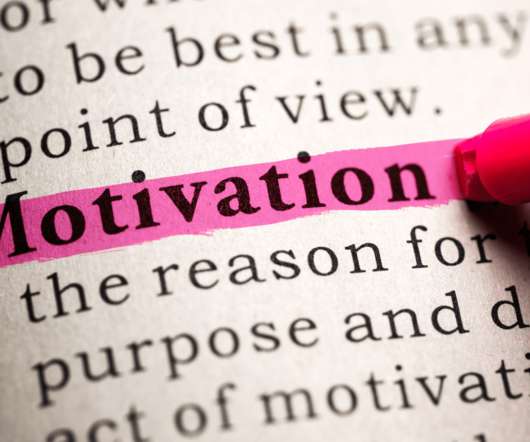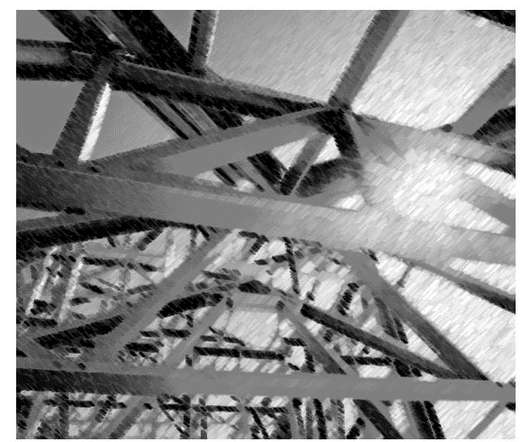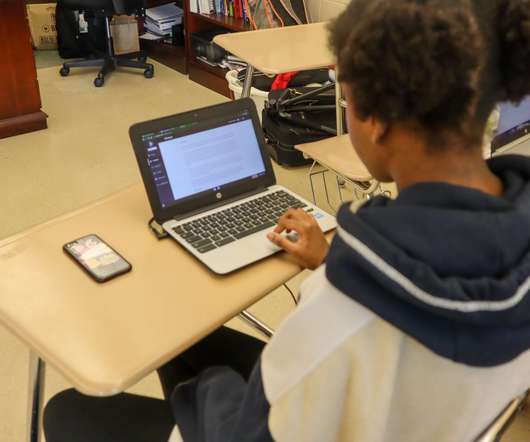Understanding Motivational Theories in Physical Education
PLT4M
JUNE 7, 2022
Sean Fullerton is a former secondary physical education teacher and current Ph.D. student at the University of New Mexico in the Health, Exercise, and Sports Science Department. In this article, Sean explores motivational theories in physical education. PLT4M Classroom.












Let's personalize your content